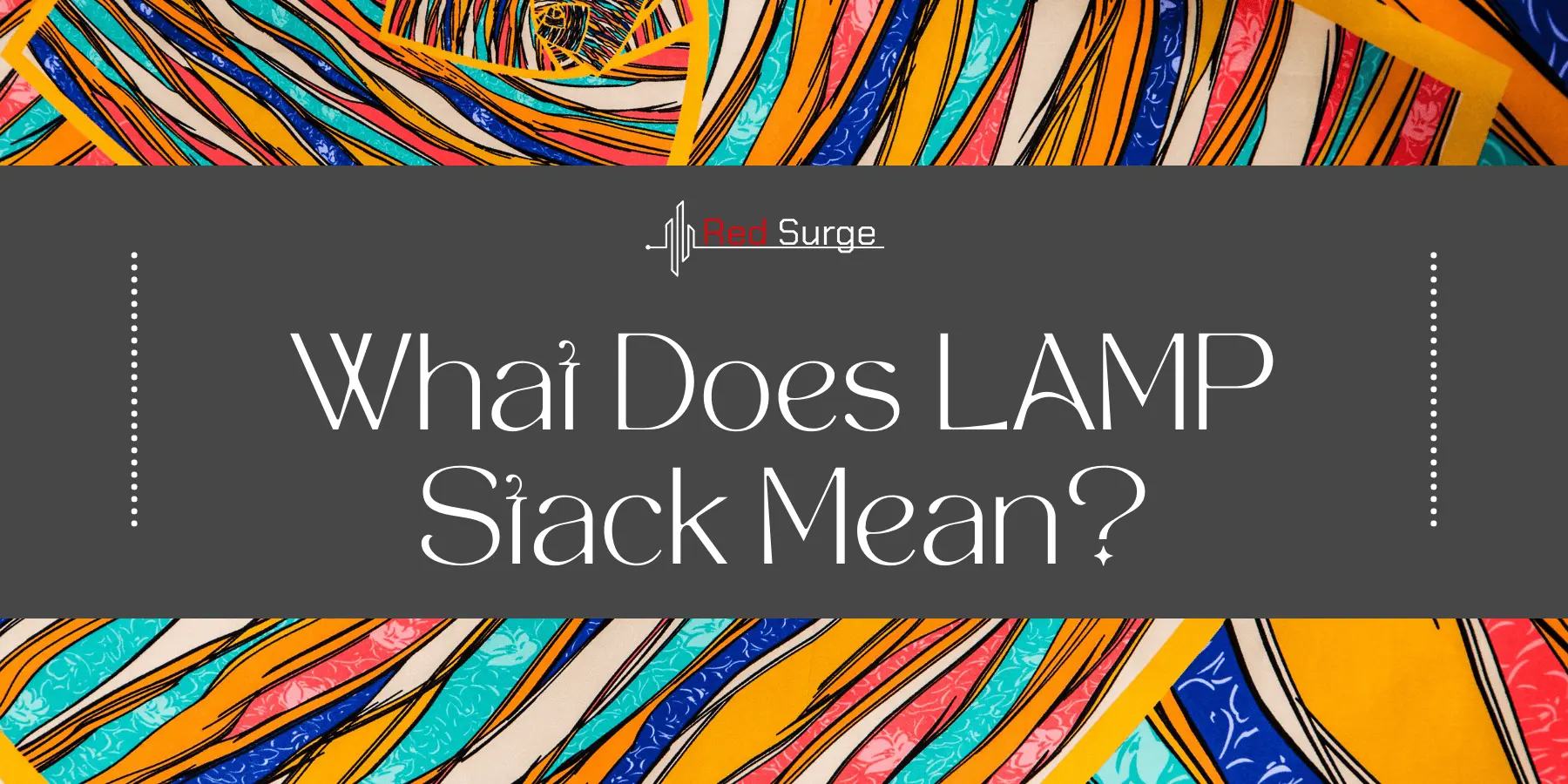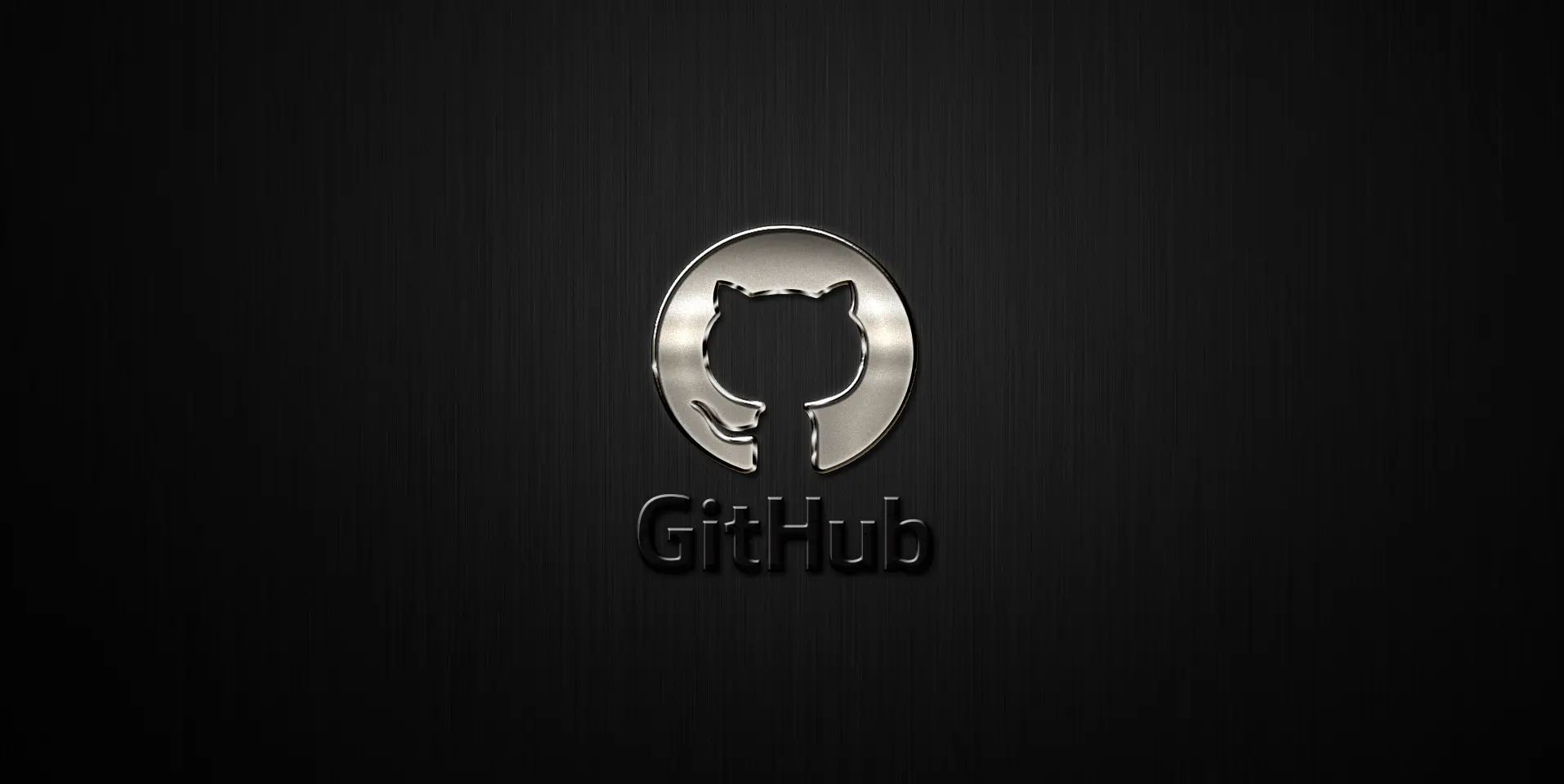In the ever-evolving landscape of web development, the term “LAMP stack” holds significant importance. LEMP stack web development may already be known but LAMP is different. It represents a foundational framework that powers countless web applications, providing developers with the tools to create dynamic, robust, and feature-rich platforms. In this comprehensive guide, we’ll embark on a journey to understand what the LAMP stack means, delve into its core components – Linux, Apache, MySQL, and PHP – explore their intricate interactions, discuss the numerous advantages of using this stack, uncover practical applications, and even touch upon modern alternatives. By the end, you’ll not only grasp the essence of the LAMP stack but also gain insights into its role in shaping the digital realm.
Breaking Down the LAMP Stack
Linux – The Solid Foundation: At the heart of the LAMP stack lies Linux, an open-source operating system renowned for its stability, security, and versatility. It forms the bedrock upon which the entire stack is built, providing the environment in which the other components harmoniously coexist.
Apache – The Web Server Powerhouse: Apache, the second pillar of the LAMP stack, is a robust and widely used web server. It serves as the gateway between user requests and the backend components of the stack. By efficiently handling HTTP requests, Apache ensures seamless communication between users and the dynamic content generated by PHP.
MySQL – The Data Management Maven: For storing, managing, and retrieving data, MySQL takes center stage. As a powerful relational database management system, MySQL provides developers with the means to create complex database structures, execute queries, and optimize data retrieval processes, all crucial for delivering dynamic content.
PHP – The Dynamic Scripting Language: PHP, a server-side scripting language, brings interactivity to the forefront of web applications. It dynamically generates content in response to user interactions. PHP’s ability to seamlessly integrate with HTML, interact with databases, and execute server-side scripts makes it an indispensable part of the LAMP stack.
Understanding the Intricate Interaction
The magic of the LAMP stack lies in the synergy between its components. Linux, the underlying operating system, provides stability and security, facilitating the functioning of Apache. Apache, in turn, skillfully handles incoming HTTP requests, directing them to the relevant PHP scripts. These scripts interact with the MySQL database to retrieve or update data, ensuring the generation of personalized and dynamic web content.
This intricate choreography guarantees that users receive responsive, data-driven content while maintaining the integrity and security of the entire system.
Advantages of the LAMP Stack
Adopting the LAMP stack means harnessing a plethora of advantages that have contributed to its enduring popularity.
The open-source nature of each component not only reduces licensing costs but also fosters a vibrant community of developers, providing valuable resources, tutorials, and support. Moreover, the modular architecture of the stack empowers developers to tailor their solutions precisely to project requirements, resulting in efficient, customized web applications.
The wide adoption of the LAMP stack ensures that developers of all levels can easily access documentation, solutions, and expertise, fostering a collaborative learning environment.
Use Cases and Applications
The versatility of the LAMP stack makes it a versatile choice for a myriad of web development scenarios.
Dynamic Websites: The interaction between PHP and MySQL enables the creation of dynamic websites that adapt to user input and deliver real-time content.
Content Management Systems (CMS): The stack’s robustness and versatility are ideal for building CMS platforms that manage, organize, and deliver digital content efficiently.
E-commerce Platforms: PHP’s dynamic capabilities and MySQL’s data management prowess come together to create secure and responsive e-commerce websites.
Blogging Platforms: PHP’s scripting prowess makes it a preferred choice for creating interactive and engaging blogging platforms.
Online Forums and Communities: PHP-powered forums can efficiently manage user-generated content and facilitate discussions.
Alternatives and Modern Variations
While the LAMP stack remains a stalwart, the world of web development has seen the rise of alternative stacks and modern variations.
MEAN Stack: MongoDB, Express.js, AngularJS, and Node.js form an all-JavaScript stack that excels in real-time applications and dynamic single-page applications.
MERN Stack: Building upon the MEAN stack, MERN adds React to the mix, enabling developers to create seamless user interfaces.
JAMstack: This approach decouples the frontend from the backend, relying on APIs to fetch and manage data, resulting in high-performance, secure, and scalable websites.
Getting Started with the LAMP Stack
Ready to take your first steps with the LAMP stack? Here’s a simplified guide:
- Choose Your Linux Flavor: Select a Linux distribution that suits your familiarity and requirements. Ubuntu and CentOS are popular choices.
- Setting Up Apache: Install and configure the Apache web server to process incoming HTTP requests.
- MySQL Setup: Install MySQL to manage your databases. Create databases, tables, and users to organize your data efficiently.
- Integrate PHP: Install PHP and configure it to work in harmony with Apache. This allows PHP scripts to generate dynamic content.
- Test Your Setup: Create a basic web page containing PHP-generated content and interact with the MySQL database to ensure your LAMP stack is working seamlessly.
Conclusion
In the labyrinth of web development, the LAMP stack stands as a guiding light, illuminating the path to dynamic, interactive, and responsive web applications. As we’ve journeyed through the intricacies of its components, interactions, advantages, and use cases, the significance of what the LAMP stack means becomes palpable.
The LAMP stack is more than a combination of technologies; it’s a testament to the collaborative power of open-source components. By immersing yourself in this stack, you equip yourself with a foundational understanding that empowers you to create web applications that transcend static content, cater to user interactions, and drive the digital transformation forward. The LAMP stack’s legacy lives on, shaping the web development landscape and inviting developers to explore its limitless potential.
If you are interested in reading more like this, check out our post on LAMP vs LEMP vs MEAN. As always if you have any questions or comments, feel free to contact us.




Pingback: PHP Form Submission to MySQL Database Tutorial - Red Surge Technology